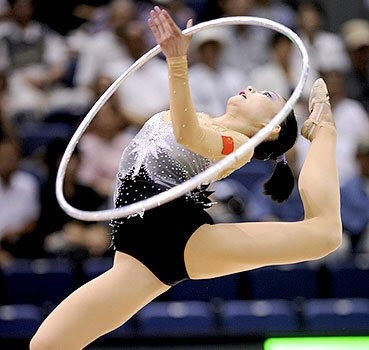Ajax's Alexandra Landry is aspect of a revolutionary list of young women in this country. Landry, 18, and teammates Rose Cossar, Anjelika Reznik, Anastasiya Muntyanu, Kelsey Titmarsh and Katrina Cameron, will make up Canada's first group access into Olympic rhythmic gymnastics when they contend at the London Olympic 2012.
The six young women, who practice together at the Kalev Rhythmic Gymnastics Center in Vaughan, will experience firm competitors in London, uk, particularly from European powerhouses like Russia, Italy and Belarus, but they wish to be among the eight groups still status on the final day. Landry has been doing the game since Quality 1, when she signed up with a fun after-school system, but it wasn't until just lately that she began considering big and acknowledging it could indeed area her at the Olympic Games.
Summer Olympics 2012, Rhythmic Gymnastics events will be organised at the Wembley Arena on 9-12 Aug 2012. Lovers can buy Olympic Gymnastic Rhythmic Tickets at safe and guaranteed system of Sport Ticket Exchange.
The six young women, who practice together at the Kalev Rhythmic Gymnastics Center in Vaughan, will experience firm competitors in London, uk, particularly from European powerhouses like Russia, Italy and Belarus, but they wish to be among the eight groups still status on the final day. Landry has been doing the game since Quality 1, when she signed up with a fun after-school system, but it wasn't until just lately that she began considering big and acknowledging it could indeed area her at the Olympic Games.
Summer Olympics 2012, Rhythmic Gymnastics events will be organised at the Wembley Arena on 9-12 Aug 2012. Lovers can buy Olympic Gymnastic Rhythmic Tickets at safe and guaranteed system of Sport Ticket Exchange.






